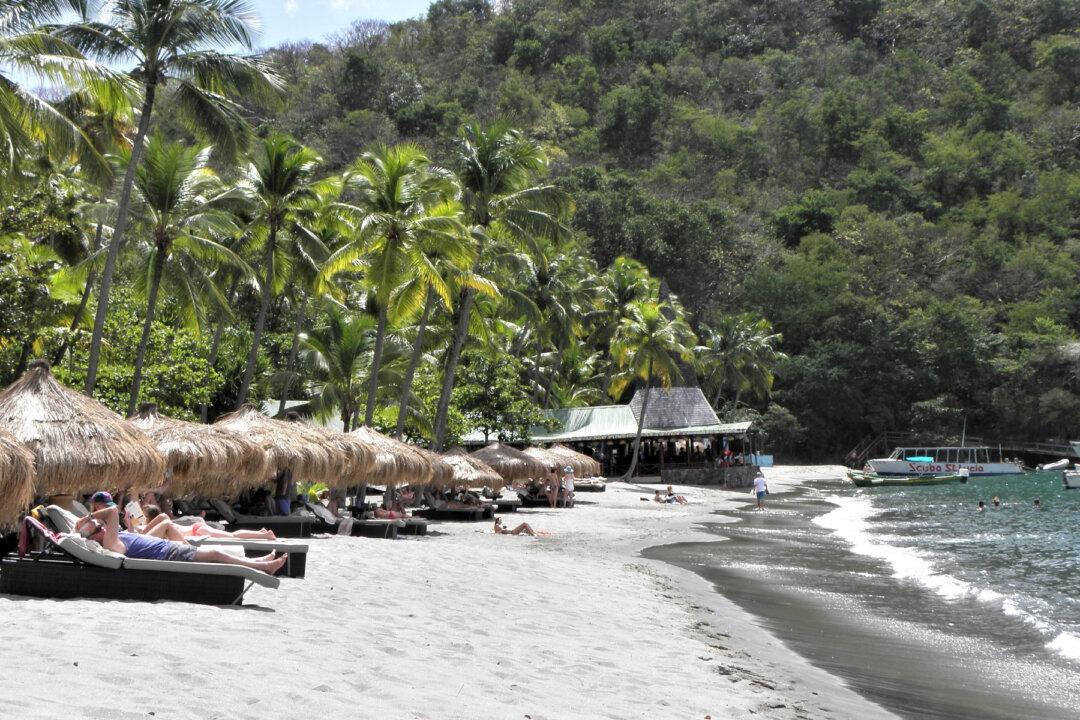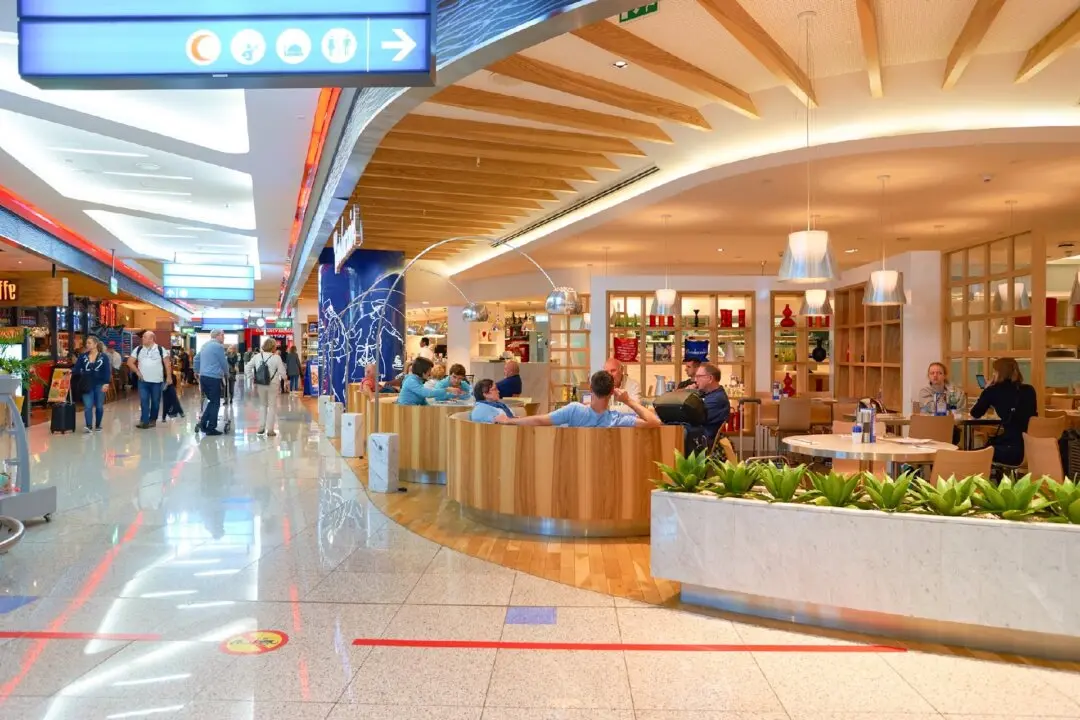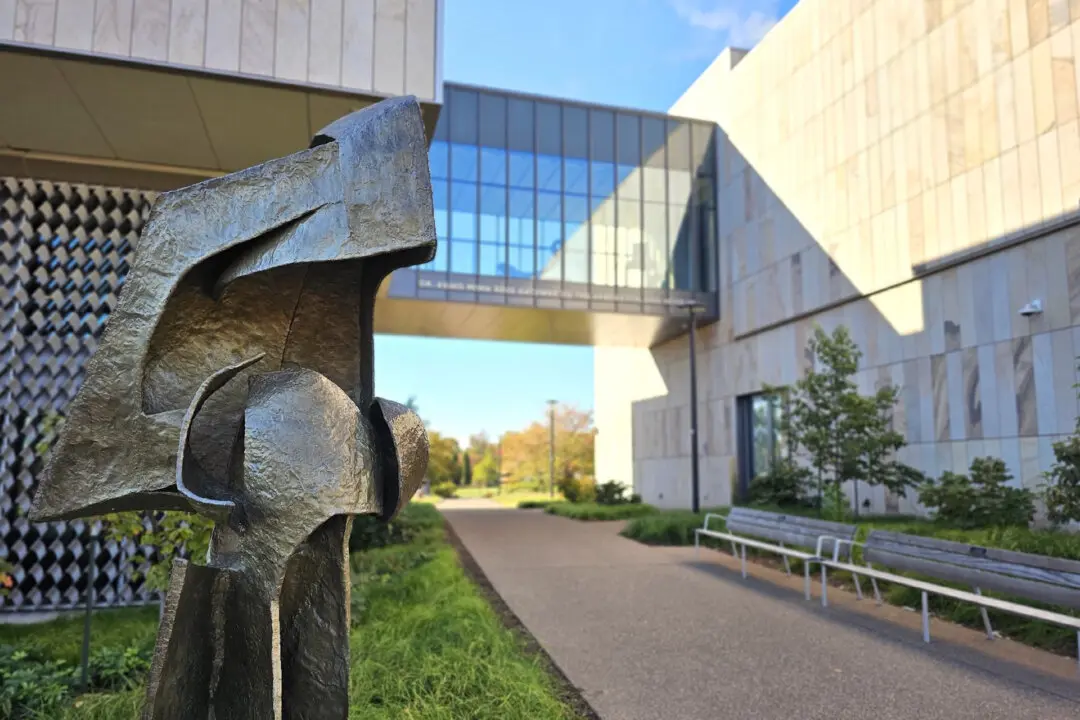Words printed on T-shirts worn by locals offered a welcoming note shortly after my wife, Fyllis, and I arrived on the Caribbean island of St. Lucia: “Be happy.” “Forget your troubles.” “Don’t worry, just party.” On the other hand, the sticker attached to the bumper of an automobile offered a warning about the challenge awaiting us when we drove our rented car. More about that later.
Many people visit St. Lucia for its beaches, which present something-for-everyone variety. Stretches of soft sand follow gently curving seashores that overlook sweeping bays and the small slivers that residents of the island favor. The sea ranges in color from light green to turquoise to deep blue.





